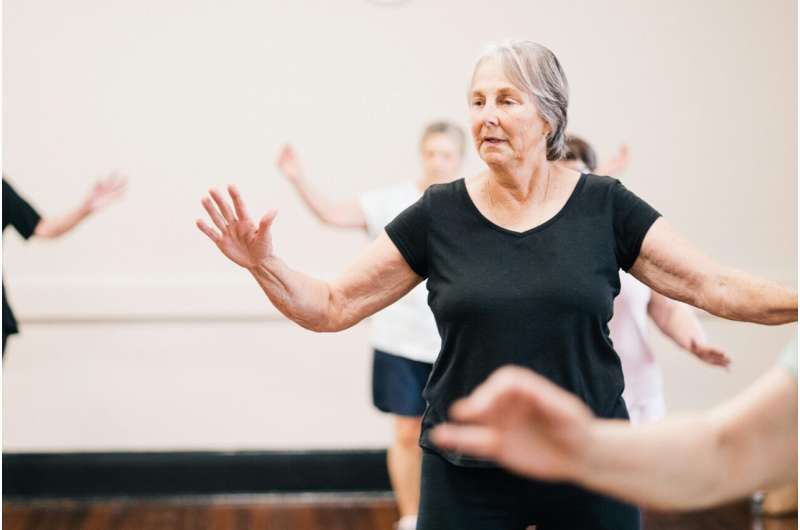The True Leading Risk Factor for Cancer: Aging

Aging is the most significant and unavoidable risk factor for cancer. As the population ages rapidly, healthcare systems must adapt with specialized, patient-centered approaches to improve cancer care and outcomes for older adults.
When considering what causes cancer, many might assume lifestyle factors such as smoking, alcohol consumption, sun exposure, or hair dyes are the main reasons. However, the most significant risk factor for developing cancer is actually unavoidable: aging. As we grow older, our cells naturally undergo changes that increase the likelihood of cancerous mutations. This is an inherent process, affecting everyone regardless of their lifestyle choices.
Understanding this is crucial, especially given the demographic shifts happening worldwide. Older adults now constitute the fastest-growing segment of the population in countries like Canada, expected to make up nearly 29% of Canadians by 2068. Cancer remains one of the most common diseases among this age group. Therefore, healthcare systems need to adapt to provide better cancer care tailored to older adults.
Current challenges include a limited number of specialized geriatric oncology clinics, with only a few established across Canada. The existing clinics have demonstrated not only improved patient outcomes but also significant cost savings—approximately $7,000 per patient—highlighting the benefits of specialized, tailored care. However, such services are still not universally available, hindered by factors like resource constraints and systemic inertia.
One major obstacle is ageism, which leads to the undervaluation of age-specific healthcare needs. Discrimination based on age often results in older adults being denied access to specialized services that could greatly improve their quality of life. To address this, healthcare providers advocate for stratified models of care, focusing resources on the most frail who stand to benefit the most.
International guidelines emphasize the importance of geriatric assessments before treatment decisions, involving comprehensive evaluations of cognition, physical function, and co-existing health conditions. Integrating these assessments into routine cancer care, supported by multidisciplinary teams including geriatricians and nurse practitioners, can lead to more personalized and effective treatment strategies.
Although challenges persist, including limited resources and systemic barriers, the imperative to improve cancer care for older adults is clear. By recognizing aging as the primary risk factor and committing to targeted, age-aware approaches, healthcare systems can enhance outcomes and optimize resource use, ultimately improving the lives of millions of older adults worldwide.
Stay Updated with Mia's Feed
Get the latest health & wellness insights delivered straight to your inbox.
Related Articles
Impact of the Great Irish Famine on Human Height Explored by New Research
New research explores how the Great Irish Famine affected human height, revealing insights into survival and health long-term effects of humanitarian disasters.
Rising Trends in Obesity-Related Cancers in Puerto Rico
Research reveals increasing cases of obesity-associated cancers in Puerto Rico from 2000 to 2022, driven by high obesity rates and environmental challenges. Tailored policies are crucial for addressing this growing health concern.
PFAS Detected in the Blood of Children in Northern Spain
A study in northern Spain confirms the presence of PFAS chemicals in children's blood, highlighting the need for ongoing monitoring and stronger regulations to safeguard health amidst widespread environmental contamination.
TREM2 Receptor in Alveolar Macrophages Promotes Lung Fibrosis: New Research Insights
New research highlights the critical role of the TREM2 receptor on alveolar macrophages in promoting lung fibrosis. Blocking TREM2 offers a potential new approach to treat this chronic lung disease.



